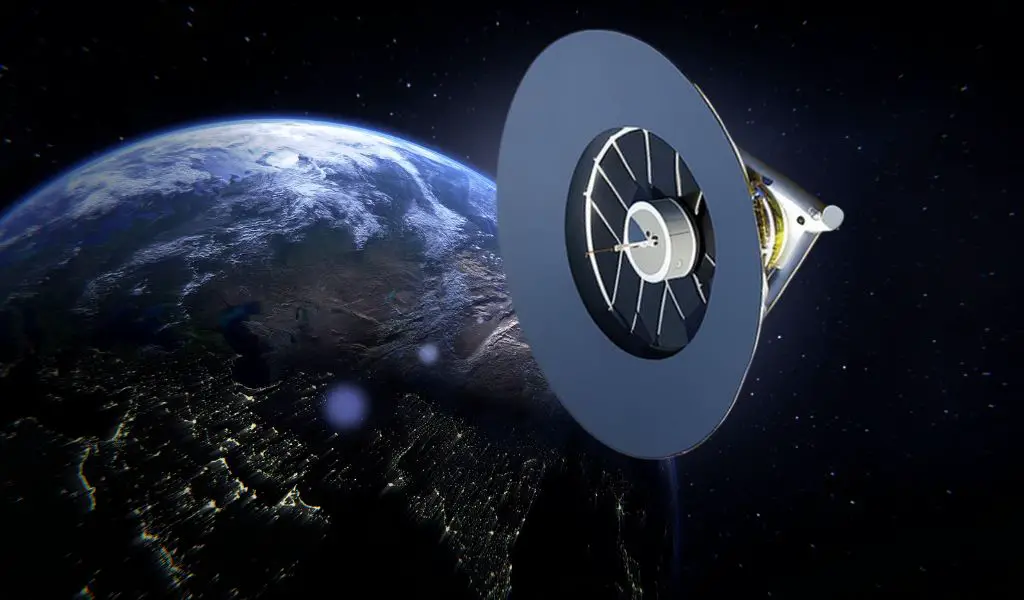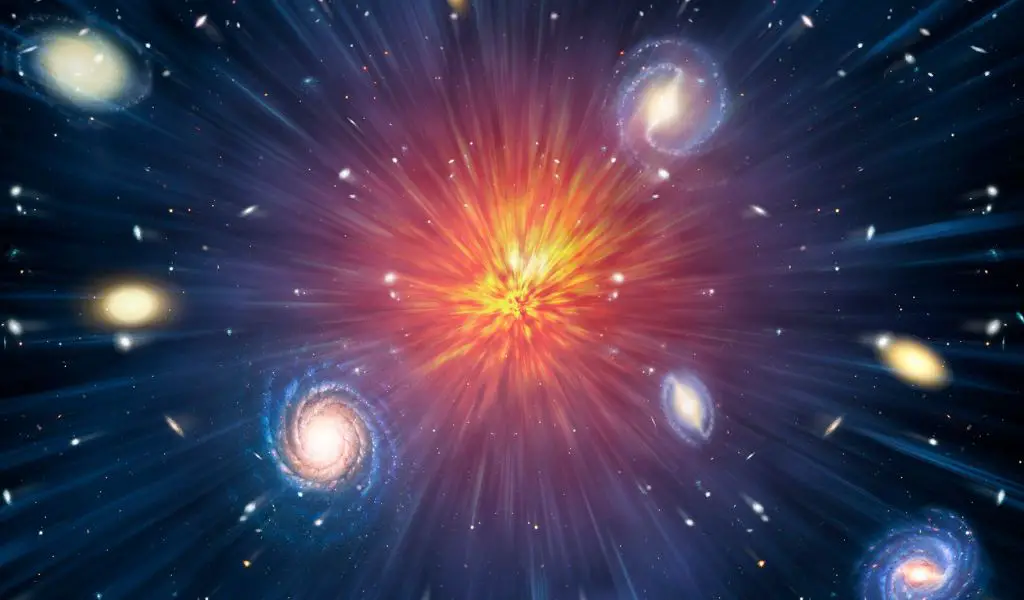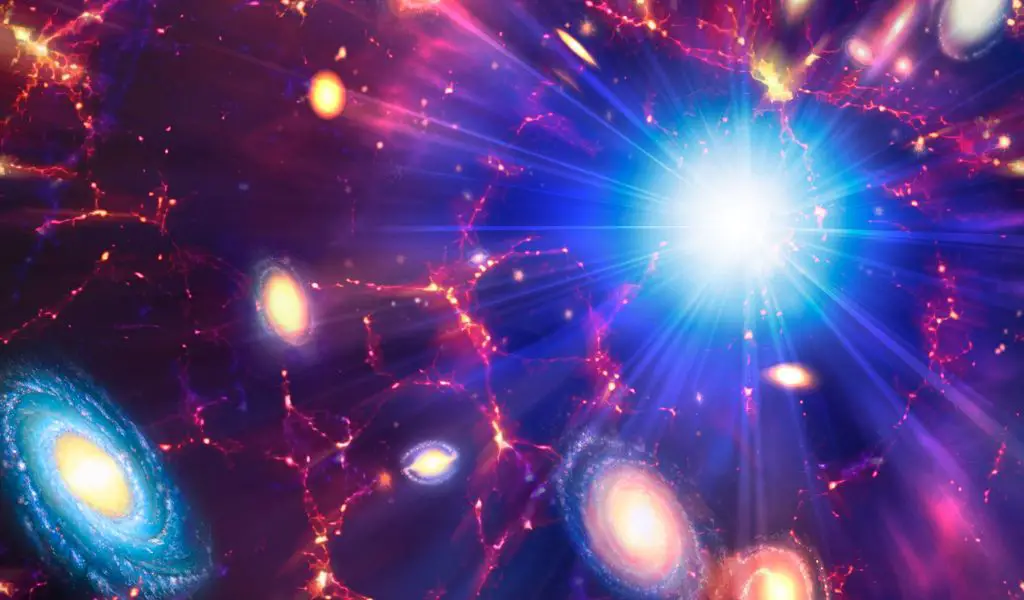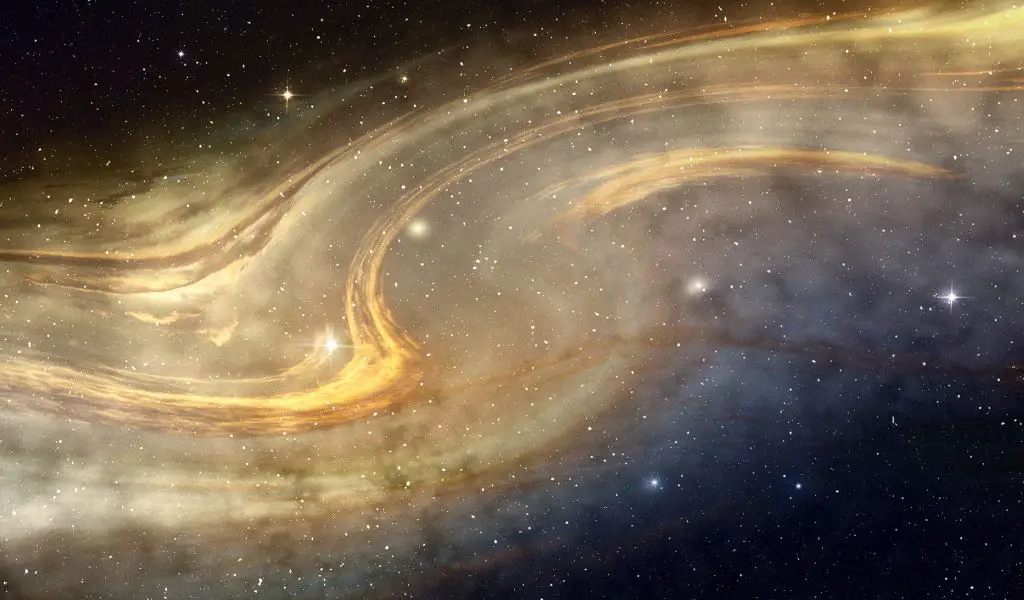The Big Bang Theory is the most accepted scientific theory of how the universe was created. It states that approximately 13.8 billion years ago, all matter and energy in existence were concentrated into a single infinitely dense point called a singularity. This singularity then exploded outward, creating our expanding universe as we know it today. The evidence for this theory comes from many fields of science including astronomy, physics, geology and cosmology among others; this makes it one of the most widely accepted theories in modern science today. Lets dig deeper and list down all the reasons for why is the Big Bang Theory the most accepted theory.
Why is the Big Bang Theory the most accepted theory
The Big Bang theory is widely accepted among scientists and the general public because it provides a comprehensive and consistent explanation for a variety of observations about the universe. The theory has been continuously tested and refined over the years and has successfully predicted a number of phenomena, further strengthening its validity. Additionally, it is supported by a wealth of scientific evidence from multiple fields, including astronomy, astrophysics, and cosmology.
Edwin Hubble’s discovery
Edwin Hubble’s discovery that galaxies are moving away from each other at an accelerating rate due to expansion of space-time itself which indicates an initial explosion or “Big Bang” event occurred long ago to start this process off.

Cosmological models
Cosmological models such as inflationary models have been developed based on mathematical equations derived from Albert Einstein’s General Relativity which also support aspects like rapid expansion following a big bang type event.
WMAP (Wilkinson Microwave Anisotropy Probe)
Measurements taken by satellites such as WMAP (Wilkinson Microwave Anisotropy Probe) provide further evidence through detecting cosmic background radiation left over after creation indicating temperatures consistent with what would be expected after a big bang type event took place billions of years ago.

Baryon acoustic oscillations
Observations of the distribution of galaxies in the universe have revealed a characteristic scale known as the baryon acoustic oscillation, which is consistent with predictions from the Big Bang theory.
Redshift of distant galaxies
The observation that the light from distant galaxies is shifted towards the red end of the spectrum, known as redshift, is consistent with the predictions of the expanding universe predicted by the Big Bang theory.
Gravitational lensing
The phenomenon of gravitational lensing, where the light from distant objects is bent by the gravity of massive objects, has been observed and is consistent with the predictions of the Big Bang theory.
Cosmic neutrino background
The presence of a cosmic neutrino background, a faint flux of neutrinos that permeates the universe, has been indirectly detected and is consistent with the predictions of the Big Bang theory.
Explanation of the cosmic microwave background radiation
The Big Bang theory predicts the existence of a cosmic microwave background radiation, a residual glow from the hot early universe that has cooled over time. Observations of this radiation have been made and found to be consistent with the predictions of the theory, providing strong support for its validity.
Dark matter and dark energy
The existence of dark matter and dark energy, which cannot be directly observed but have been inferred from their gravitational effects, is consistent with the predictions of the Big Bang theory and is required to explain the observed dynamics of the universe.
Abundance of light elements
The Big Bang theory also predicts the abundance of light elements such as hydrogen, helium, and lithium in the universe, which have been observed and found to match the predictions.
Large scale structure of the universe
The observed large-scale structure of the universe, including the distribution of galaxies, is also consistent with the predictions of the Big Bang theory.
Continuous testing and refinement
The Big Bang theory has been continuously tested and refined over the years through a variety of observations and experiments, and has consistently held up to scrutiny, further strengthening its validity.
Predictive power
The theory has been used to successfully predict a number of phenomena, such as the existence of cosmic microwave background radiation and the abundance of light elements, which have been later confirmed by observations.
Interdisciplinary support
The Big Bang theory is supported by a wealth of scientific evidence from multiple fields, including astronomy, astrophysics, and cosmology, and is widely accepted as the most comprehensive explanation for the origins and evolution of the universe.
Lack of alternative theories
Despite ongoing research and the search for alternative explanations, no competing theory has been able to provide a more complete or consistent explanation for the available evidence and observations, further solidifying the position of the Big Bang theory as the most widely accepted theory of the origin of the universe.
These pieces of evidence, along with the continued success of the Big Bang theory in explaining a wide range of observations and phenomena, further reinforce its status as the most widely accepted theory of the origin and evolution of the universe.





